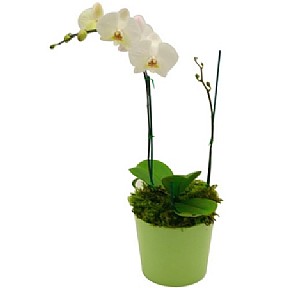Tulips
Flowers of Israel (Tulips)
Israel has a lot of flower species even if 60% of its lands are deserts. But with some of its non-desert regions, Israel produces a lot of flower species compared to some Asian and European countries. The reason is that Israel varies in its ground regions, topography, and its weather conditions. Israel produces many kinds of wild flowers such as Narcissus, Iris, Orchids, and Roses.
The earth is divided by flora researchers into some flora regions. Each region is closed by its physical border and is characterized by its flora and weather. The Israel flowers have four flora regions like the Mediterranean regions, Saharo Arabian regions, Irano-Turanian regions, and Tropical Sudanian regions.
A lot of the flowers of Israel are located in the Mediterranean region. This region is most known, and it also has clear borders and is divided into two equal seasons. One is hot dry summer and the other is rainy winter. In Israel the region includes all Galilee Mountains, Hashomron, the west side of the Yehuda mountains, and the lowland beach from Gaza to the Lebanon borders.
Sahara Arabian region is huge. It includes Iraq, Sahara desert, and the huge regions of the Arab peninsula. It has a dry summer, and the winter is easy. The dry period is long, and the rainy season is very short. The region of Israel includes the Yehuda Desert and the Negev south.
Turkey, Tibet, Asia center, and Afghanistan are included in the Irano-Turanian regions. The climate of this region is dry, the winter is snowy and cold; autumn and spring are rainy and the summer is very hot. The Tropical Sudanian regions sometimes penetrate Israel. It includes Eilat and the south Arava. The winter is dry but the summer is wet.
Tulips
Tulips (tulipa) are from a genus that has about 100 species of flowering plants in the family of liliaceae. These species are native from North Africa, southern Europe, from east to north east of China and Japan. They are called perennial bulbous plant that grows from 4-27 inches tall. It has a small strap-shaped, waxy textured leaves that are green with large flowers that has six petals. It has a dry capsule-like fruit that contains a disc-shaped seeds.
Origin of Tulips
Tulips are actually associated with Holland, but both its name and flower originated from the Middle East, where both originated from the word turban. The tulip flower was brought to Europe in the early 16th century.
Cultivation
Tulips cannot grow from tropical climates, for it only requires cold winter seasons for them to grow successfully. But manipulation of the tulip’s growing temperature can allow the growers to make the tulips to flower than they normally do.
Tulips can grow into two ways: through seeds or offsets. Offsets are the only way for the stock to enlarge of a given tulip cultivar. Offsets only take at least a year for them to produce a sufficient size to flower. Tulips that are grown from seeds will not flower for about five to seven years after it is planted.













